Iran Travel Booking > About Iran > Best of Tehran > Tehran Grand Bazaar
Opening Times
Saturday to Thursday
Closed on Friday and Religious Holidays.

The area around Tehran has been settled since at least 6000 BC, and while bazaar-like construction in Iran as a whole has been dated as far back as 4000 BC, Tehran Grand Bazaar is not this old. It is hard to say exactly when the "bazaar" first appeared, but in the centuries following the introduction of Islam, travellers reported the growth of commerce in the area now occupied by the current bazaar. The Grand bazaar is a continuation of this legacy.
Researchers indicate that a portion of today's bazaar predated the growth of the village of Tehran under the Safavids' dynasty, although it was during and after this period that the bazaar began to grow gradually.
Western travellers indicated that by 1660 BC and beyond, the bazaar area was still largely open, and only partially covered.
Development of the Tehran Grand Bazaar
Despite relying heavily on this historical legacy, much of the bazaar itself was constructed fairly recently. The oldest remaining buildings, walls and passages in the bazaar today very rarely exceed 400 years, with many being constructed or rebuilt within the last 200 years. In this sense, the current grand bazaar is one of the newest in the Middle East.
The bazaar grew as a "city within a city" for much of the 19th century, and was largely able to expand itself without much outside interference. However, as Tehran began to grow exponentially in the early 20th century under Reza Shah, the changes brought by this rapid expansion saw much of the bazaar (including such areas as the Perfume Sellers' Bazaar and Moat Bazaar) disappear.
The old sections of the bazaar are generally similar in architectural style, while parts added in the 20th century often look markedly different; critics say that less care was taken in the construction of later sections. However, in an effort to increase the prestige of the bazaar, projects to beautify the bazaar through the use of plaster moulding and decorative brickwork were undertaken late in the 20th century.
It is probable that a small section of the present day Bazaar complex in Tehran was the original nucleus of the Tehran habitable village prior to the Safavids and Shah Tahmasb period. During the reign of this king, along with the building of towers and fortifications the Bazaar was also built up.
At the time part of the Bazaar was enclosed and the other part was open. In this connection, Thomas Herbert who visited the Bazaar of Tehran in 1039/1660 A.D. described it in the following two fashions:
The original Tehran Grand Bazaar stretched from Sabzeh Meidan to Molavi Avenue, and two well-known Chaharsous (crossway), named the Big and the Little Chaharsous were built in 1228/1849 and 1243/1864 respectively. Gradually, caravanserais, timchehs (arcades), SARAs, BARANDAZ, GOZARs and DALANs (closed bazaars, houses, docks, passages and corridors) were constructed in the Bazaar. Included in this category are: the Mahdieh Timcheh, with a two story quadrangle building which is probably the oldest Timcheh of Tehran; Saray-e-Amir, known as Atabakieh with 336 chambers that was built in 1267/1888 by the order of Mirza Taghi Khan Amir Kabir; the Rasteh Bazaar of Mirza Taghi Khan that was built in 1268/1889, with two rows of hat makers and shoe-makers; Hajeb-od-doleh Timcheh, remaining from Haj Ali Khan Hajeb-od-doleh (Etemad-os-Saltaneh); and Nasser-ed-Din Shah's Executioner, a very famous and most beautiful Timcheh of Iran.
All were built in the lower Tehran Grand Bazaar. Thus, the wide and expanded network of the Bazaar of Tehran was extended from the south of Arg up to Molavi Avenue. In this expanded network, the components of the Bazaar (Timchehs, houses, rows, corridors, docks, caravanserais) appeared together with buildings such as mosques, schools, bath-houses with beautiful patterns. In the course of expansion of the city and changes in city structures, a number of passages disappeared.
From the 36 Bazaars of that time, a number of bazaars, including the Khandag (moat) Bazaar, the Perfume Sellers Bazaar, the Chicken Sellers Bazaar and the Galoubandak Bazaar disappeared with the avenue constructions at the time of Reza Shah. A number of these bazaars, including the can makers and the goldsmiths, were shortened and rendered smaller. Likewise, a number of them gave way to other occupations due to changes in the mode of life of the society. Such were the Bazaars of Weavers and the Boat Scribers which were close to the leather Bazaar on the southeast of the Larger Chaharsou.
The most important existing Tehran Grand Bazaar include Udlajan, cloth sellers, shoemakers, goldsmiths, ironsmiths, copper smiths, Abbas-Abad, Bein-ol-Haramein, Cheheltan (the oldest row dating to Fath-Ali Shah's reign), the Larger Chaharsou, Masjed Jame, Hazrati, Pachenar etc.
In the buildings of the rows and other units related to the Tehran Bazaar complex, we witness the creation of functional and beautiful spaces of architecture, as regards the patterns, volume and facade. This phenomenon, unfortunately, suffered from the beginning of the 14th/20th century onwards because of the unharmonious growth of the Bazaar, with unprincipled alterations and the use of materials without harmony. The Bazaar has suffered greatly.
The attention paid by designers and architects to the creation of coverage over certain sections of the Bazaar, including the crossways and specifically the Timchehs, for the purpose of eliminating monotonousness is quite apparent.
In this connection various methods have been employed. These include decorative portals of houses and Timchehs, decorative and colourful plaster moulding under the dome-like ceilings which include various plant designs and beautiful brick decorations.
Here is a comment by Ursels, a European tourist who visited the Bazaar of Tehran in 1261/1882:
"From Sabzeh Meidan the Bazaar may be entered from two glorious entrances. The Bazaar in itself was one city as regards the population. It took in during the day twenty to twenty-five thousand people... The wide and labyrinthine passage ways stood under brick domes with small windows."
The Tehran Grand bazaar is still an important place of commerce for Tehranis, Iranians, travelling merchants and - increasingly - tourists. However, much of the trade and finance in the city has moved to the north of the city, leaving the bazaar somewhat decreased in importance. Still, in addition to the traditional goods on sale, the market for watches and local jewelry is apparently growing, most likely for the benefits of tourists. As is in keeping with the market spirit, tourists are encouraged to haggle. The bazaar sees the peak of its business at midday and between 5 and 7 in the evening.
As of October 2005, plans are in place to construct a hotel in the southern section of the bazaar for the benefit of tourists, in a bid to make the bazaar more hospitable and to regain some of its importance.
Source :

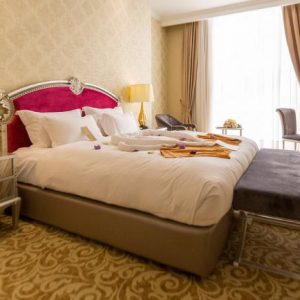
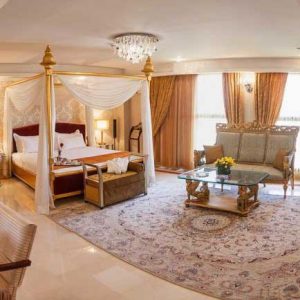
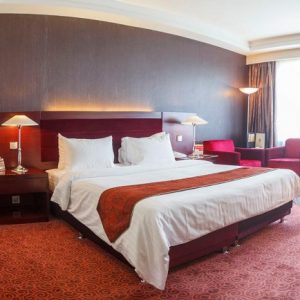

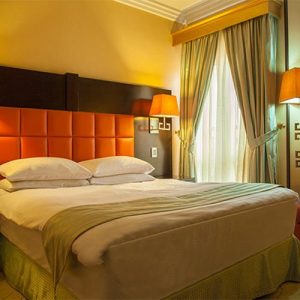
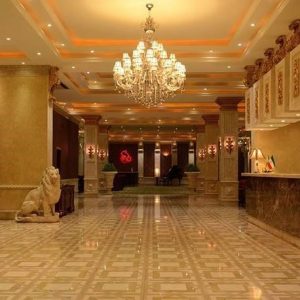
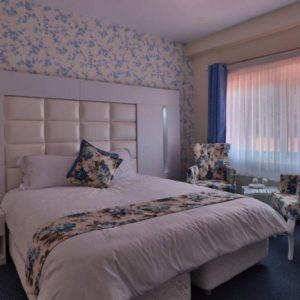
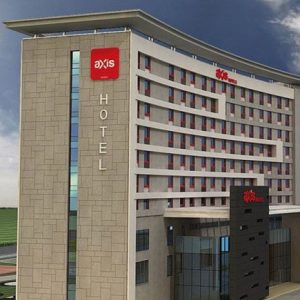
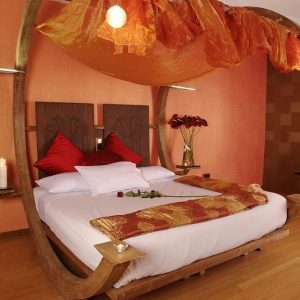
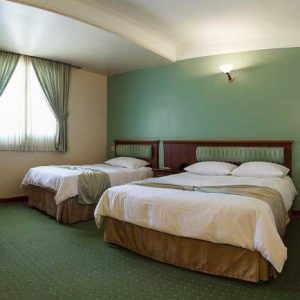
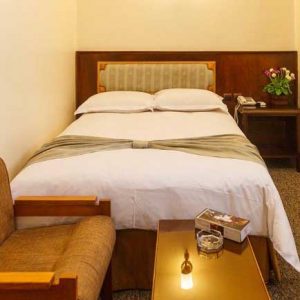
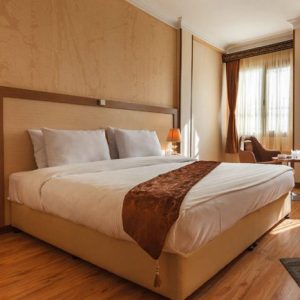
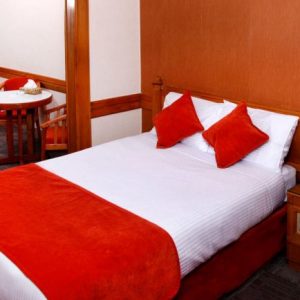
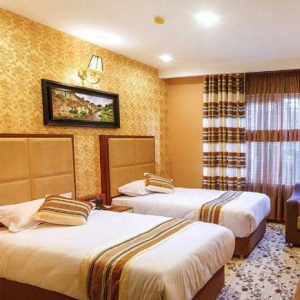
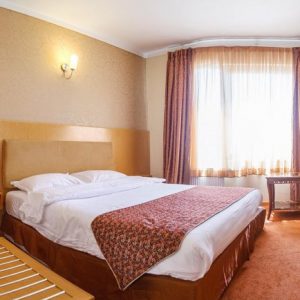

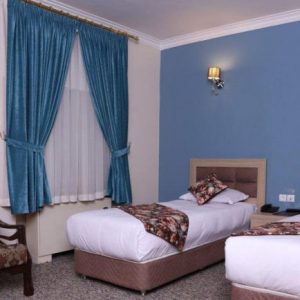
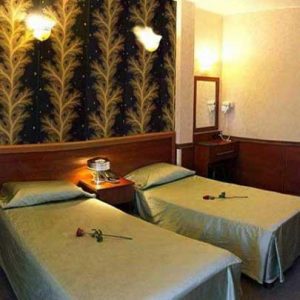

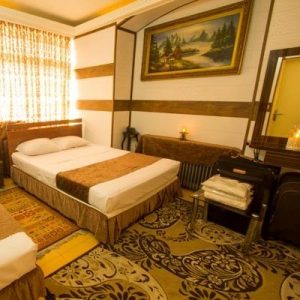



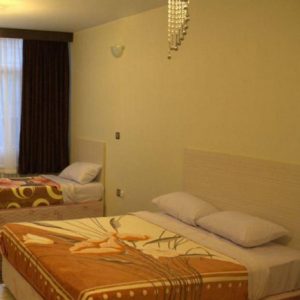
 WhatsApp us
WhatsApp us